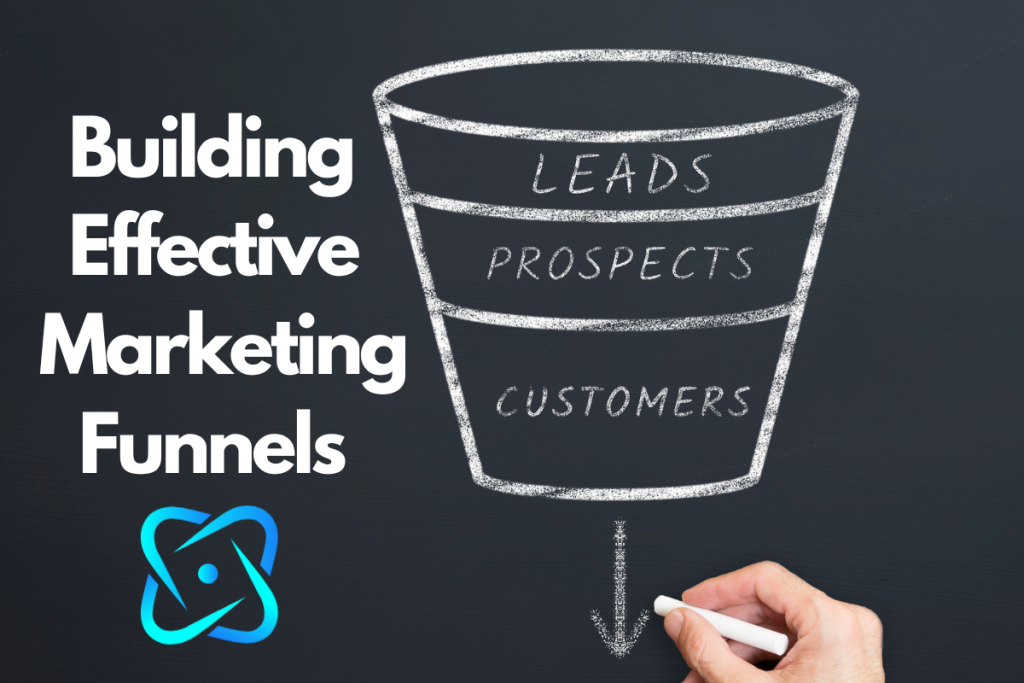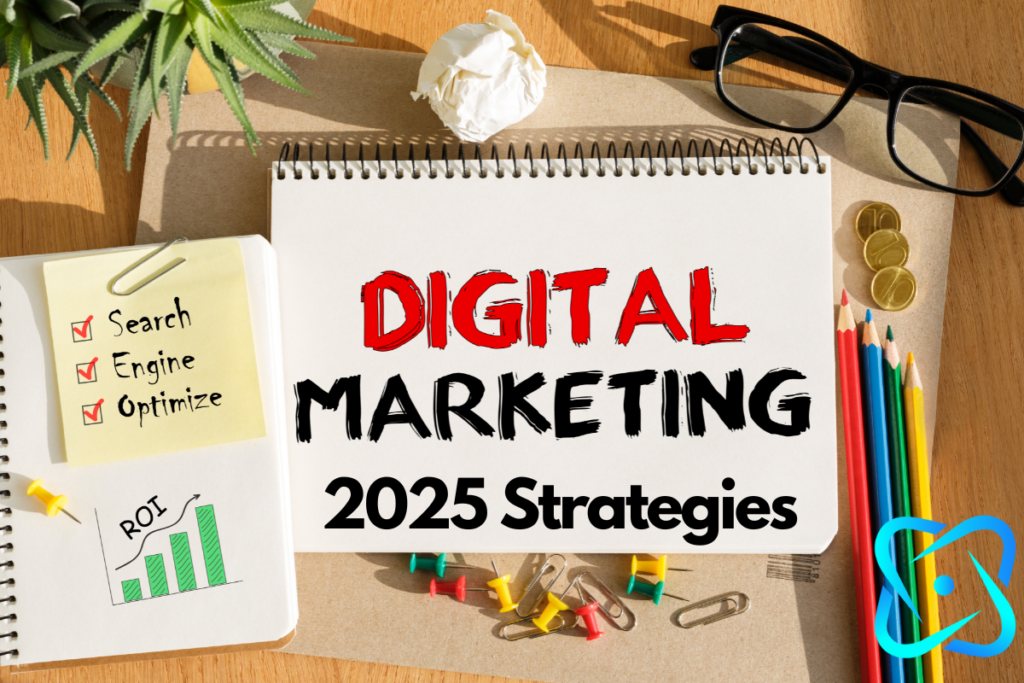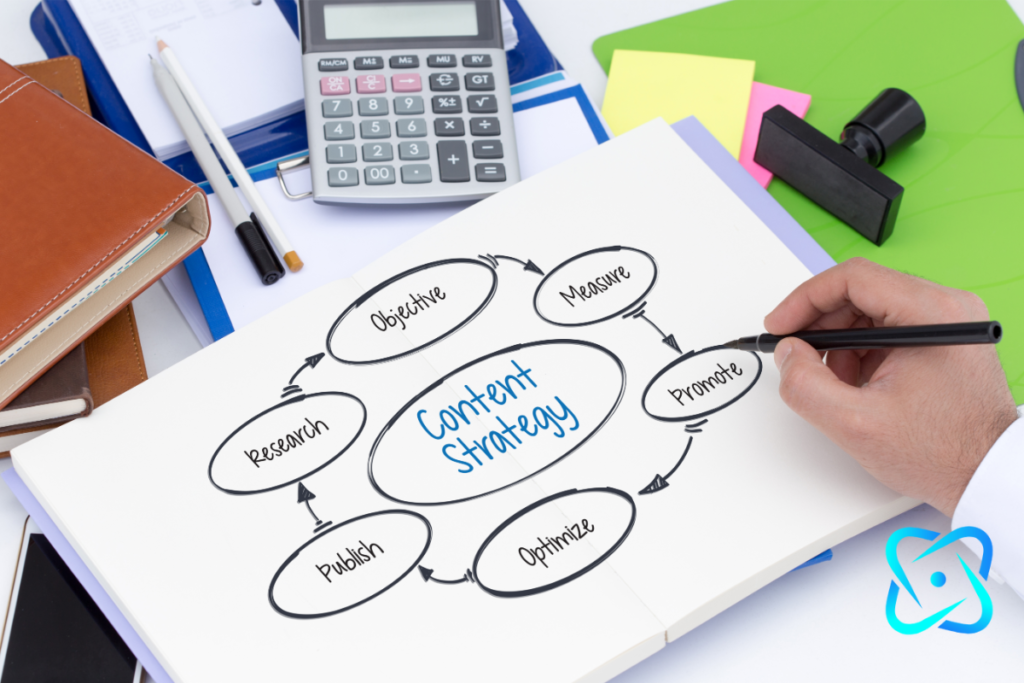Building Effective Marketing Funnels: A Beginner’s Guide
In the modern digital landscape, mastering the art of creating effective marketing funnels is crucial for businesses aiming to convert curious visitors into loyal customers. Marketing funnels guide potential customers through the buying journey, from initial awareness to a final purchase decision. This comprehensive guide will walk you through the essentials of building effective marketing funnels, offering actionable tips and insights that even beginners can leverage for success.
My Personal Experience with FUNnels
Though I’ve only been in the digital marketing for a few years, I have made and tested out dozens of funnels so I can understand the frustration on making a funnel and having it successfully convert lookers into buyers. I’m hoping that the knowledge that I’ve gained over the years is able to help someone just starting out gain some traction with funnel building. Main thing here is to have FUN and learn while you try to earn.
Understanding Marketing Funnels

Before we dive into the construction of marketing funnels, it’s essential to understand what they are. A marketing funnel is a model that illustrates the path a customer takes from the first interaction with a brand to the final purchase. This journey is typically divided into stages including Awareness, Interest, Decision, and Action (AIDA).
Awareness Stage
The Awareness stage is where potential customers first learn about your brand. At this point, your goal is to increase visibility and capture attention. According to HubSpot, companies that prioritize blogging are 13 times more likely to achieve a positive ROI on their efforts.
Interest Stage
Once awareness is established, the next step is to foster interest. This involves engaging potential customers through valuable content, such as informative blog posts, engaging videos, or insightful webinars. Statistics reveal that 47% of buyers view three to five pieces of content before engaging with a sales representative.
Decision Stage
In the Decision stage, prospects are evaluating their options. This is where you demonstrate why your product or service is the best choice, through customer testimonials, case studies, or free trials. A survey by Nielsen found that 92% of consumers trust recommendations from individuals over brands.
Action Stage
The final step is the Action stage, where the conversion takes place. Here, a strong call-to-action (CTA) and a seamless checkout process are critical. According to BigCommerce, optimized checkout experiences can lift conversion rates by as much as 35.26%.
Steps to Building an Effective Marketing Funnel
Now that we understand the journey, let’s explore how to create an effective marketing funnel. Here are key steps and actionable tips to get you started:
1. Identify Your Target Audience
Understanding who your audience is forms the cornerstone of your marketing strategy. Create detailed buyer personas that encapsulate the demographics, interests, and pain points of your ideal customers. Use tools like Google Analytics and social media insights to gather data and refine these personas.

2. Create Compelling Content
In the vibrant world of digital marketing, content is undeniably the driving force that propels the success of any marketing funnel. Crafting content that resonates with your audience at each stage of their journey is crucial for nurturing leads and converting prospects into loyal customers. Let’s explore how to create compelling content that seamlessly aligns with every phase of the buyer’s journey, ensuring maximum impact and engagement.
1. Awareness Stage: Captivate and Educate
At the Awareness stage, potential customers are just beginning to recognize a problem or need. This is your opportunity to captivate them with content that educates and informs. Think of this stage as planting the seed of interest.
Keyword-Rich Ideas:
- “How-to” guides and tutorials
- Infographics and engaging visuals
- Informative blog posts and articles
Example Topics:
- “How to Identify Common Challenges in [Your Industry]”
- “Top 10 Beginner Tips for [Your Product/Service]”
Utilize SEO-friendly keywords related to the common problems or questions your target audience may have. This not only improves your search engine ranking but also positions your brand as a knowledgeable resource.
2. Consideration Stage: Nurture and Inform
As prospects move into the Consideration stage, they are actively seeking solutions to their problems. Here, your content should focus on nurturing these leads by providing in-depth information about your offerings and how they stand out from the competition.
Keyword-Rich Ideas:
- Detailed product guides
- Webinars and educational videos
- Case studies showcasing success stories
Example Topics:
- “Comparing [Product A] vs. [Product B]: Which Is Right for You?”
- “A Comprehensive Guide to Solving [Problem] with [Your Product/Service]”
Incorporate keywords that highlight your unique selling points and the benefits of choosing your brand. This helps prospects move closer to making an informed decision.
3. Decision Stage: Build Trust and Encourage Action
At the Decision stage, prospects are ready to make a purchase decision. Your content should build trust and encourage them to take action. This is where detailed comparisons and testimonials play a crucial role in tipping the scales in your favor.
Keyword-Rich Ideas:
- Customer testimonials and reviews
- Comparison charts and detailed analyses
- Special offers and call-to-action prompts
Example Topics:
- “Why [Your Product/Service] Is the Best Choice for [Prospect’s Need]”
- “Read Our Customer Success Stories and See the Results for Yourself”
Emphasize keywords related to trust, reliability, and satisfaction to reassure potential customers that they are making the right choice.
3. Implement Multi-Channel Marketing
To maximize reach, leverage multiple channels such as social media, email marketing, PPC ads, and SEO. Each channel should deliver consistent messages and seamlessly guide prospects through the funnel.
4. Use Lead Magnets

In today’s competitive digital landscape, capturing and nurturing leads is more crucial than ever. One of the most effective strategies to achieve this is by incorporating lead magnets into your sales funnels. But what exactly are lead magnets, and how can they boost your marketing efforts?
What Are Lead Magnets?
Lead magnets are valuable resources offered to potential customers in exchange for their contact information, such as email addresses. These can come in various forms, including free e-books, exclusive discounts, informative webinars, or even checklists and templates. The key is to offer something that your audience finds genuinely beneficial.
Why Use Lead Magnets?
- Build Your Email List: By offering something of value, you can encourage prospects to share their contact details. This helps grow your email list, a vital asset for ongoing marketing campaigns.
- Nurture Leads: Lead magnets are not just about capturing contact information; they’re about nurturing relationships. By providing valuable content, you establish trust and authority, encouraging prospects to engage with your brand.
- Increase Conversion Rates: When prospects receive something beneficial, they are more likely to consider your paid products or services. A well-crafted lead magnet can move potential customers further down the sales funnel.
How to Create Effective Lead Magnets
Promote Your Lead Magnet: Use social media, blog posts, and landing pages to promote your lead magnet. Make it easy for prospects to find and download.
Know Your Audience: Understand the needs and pain points of your target audience. This insight will guide you in creating a lead magnet that resonates with them.
Offer Genuine Value: Ensure your lead magnet solves a problem or provides significant insights. This will entice prospects to exchange their contact details willingly.
Keep It Concise: While your lead magnet should be valuable, it doesn’t have to be lengthy. Focus on delivering actionable content concisely.
5. Nurture Leads Through Email Campaigns
Once you’ve successfully captured leads, the adventure doesn’t stop there. It’s time to nurture these potential customers and turn them into loyal advocates of your brand. One of the most effective ways to do this is through personalized email campaigns. Let’s dive into some casual tips to help you master the art of email nurturing.

1. Personalization is Key
Imagine receiving an email that feels like it was written just for you. That’s the magic of personalization. By addressing your leads by their name and tailoring content based on their interests or previous interactions, you create a more engaging experience. Personalization isn’t just a nice touch—it’s essential for building a connection.
2. The Power of Drip Campaigns
Drip campaigns are like your trusty sidekick in email marketing. These are pre-written, automated emails sent out over a specific period. They allow you to maintain a consistent presence in your leads’ inboxes without overwhelming them. Think of it as a gentle nudge, keeping your brand top-of-mind and guiding them through the sales funnel at their own pace.
3. Crafting Compelling Content
Your emails should offer value and entice your readers to take action. Whether it’s informative blog posts, exclusive discounts, or insightful industry trends, make sure your content is relevant and engaging. Always include a clear call-to-action (CTA) that encourages the next step, whether it’s visiting your website, signing up for a webinar, or downloading an eBook.
4. Testing and Optimization
Not every email campaign will hit the mark right away, and that’s okay. Testing different elements like subject lines, send times, and email formats can provide valuable insights. Use A/B testing to see what resonates best with your audience and continually optimize your strategy for better results.
5. Analyze and Adapt
Track your email campaigns’ performance by monitoring open rates, click-through rates, and conversion rates. These metrics will tell you what’s working and what needs improvement. Adapt your strategy based on these insights to ensure your emails are as effective as possible.
6. Analyze and Optimize

Regularly analyze your funnel’s performance using metrics like conversion rates, bounce rates, and ROI. Platforms like Salesforce and Mailchimp provide valuable insights. Use this data to optimize your strategies and improve funnel efficiency.
Examples of Successful Marketing Funnels
To illustrate the power of well-crafted marketing funnels, let’s look at two successful examples:
Example 1: Slack
Slack, a popular messaging platform, has an exemplary marketing funnel. They offer free trials to attract users (Awareness), engage them with seamless onboarding processes (Interest), and use customer testimonials to solidify trust (Decision). Finally, Slack’s intuitive design encourages long-term subscriptions (Action).
Example 2: Netflix
Netflix employs a straightforward but effective funnel. They capture attention with engaging trailers and free trials (Awareness), recommend personalized content to maintain interest (Interest), and offer flexible subscription plans to make the decision easy (Decision). The convenience and quality of content drive the final conversion (Action).
Conclusion

Building effective marketing funnels requires a strategic approach, understanding of your audience, and the delivery of valuable content at each funnel stage. By implementing the steps outlined in this guide, you can create funnels that not only attract but also convert and retain customers, driving sustained business growth. Remember to analyze and optimize your funnels regularly to adapt to changing market trends and customer needs.
Start crafting your marketing funnel today and watch your business transform its engagement and conversion rates.



